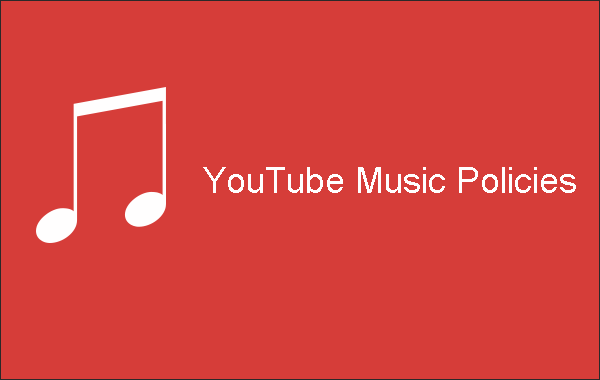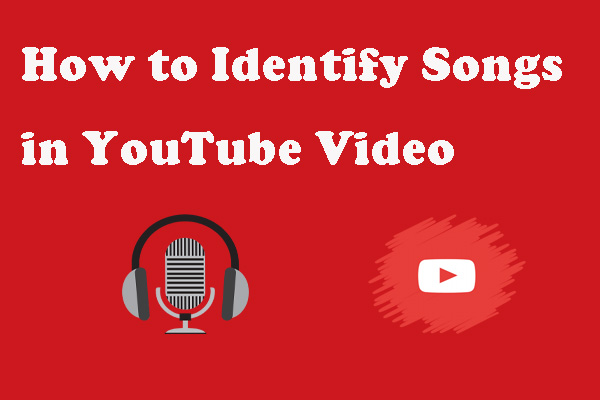If you want to make a fortune, or at least a small one, from YouTube, you need to understand how YouTube music policy works.
Copyright infringement of YouTube music policies is a matter of great concern to the company, which has invested more than $100 million in its sophisticated Content ID system to keep everyone honest.
Read on to learn everything you need to know about YouTube music policies, including how they track, manage, and punish copyright infringement.

Attach Great Importance to Copyright of YouTube Music Policies
Wouldn’t it be great if you could use any music you wanted in your videos? No, it wouldn’t. Without copyright law, anyone can use your video in any way, without giving you credit, without your permission, and without paying you royalties for that privilege.
Copyright protects artists and ensures that they retain ownership and control over their work. So you can’t put a latest hit video in your video, no matter how great it sounds, unless you can make a strong case under the fair use laws.
Not surprisingly, copyright infringement has been a challenge for YouTube. Many of its users have inadvertently or knowingly posted videos containing copyrighted music or video clips.
In response to complaints from media companies and artists, YouTube has developed two separate systems to deal with copyright issues: Content ID System and copyright infringement notices.
As a content creator and a user of other people’s works, you need to understand how these two systems work.
Content ID System for YouTube Music Policies
To understand YouTube music policies, you need to understand this firstly.
In 2007, just as Viacom was suing YouTube for $ 1 billion, YouTube realized it needed a way to identify copyrighted materials and provide copyright holders with appropriate ways to address copyright infringement. Its solution is to build its Content ID System.
Simply put, Content ID is a vast database of copyrighted files. YouTube can use it to track and identify copyrighted materials. YouTube can then alert Content owners and provide them with redress.
How big is Content ID? It now contains more than 75 million reference files from more than 9,000 media partners, so it’s hard to avoid the omniscient eyes of Content ID System today.
Copyright Infringement Notice for YouTube Music Policies
To understand YouTube music policies more clearly, then you need to know about this system.
One potentially confusing aspect of YouTube’s background music copyright policy is that it has two separate systems. The most common system is its Content ID System we just discussed.
Content owners have a separate way to enforce their copyright claims, which is to file a copyright infringement notice with YouTube for a particular video. In response, YouTube will grab the video and send users the infamous takedown notice.
Copyright infringement notices will carry a penalty. Not only are users’ videos immediately pulled down, but they also receive a strike against them. If users complete YouTube’s copyright school, the strike will disappear in 90 days.
Serial copyright abusers must be careful. If you receive three strikes within 90 days, YouTube reserves the right to terminate your account and block any future accounts you may try to open. If you make money on YouTube, this behavior could wipe out your income overnight.
As with Copyright ID System, you can defend against any claim of copyright infringement. You can ask the copyright owner to take it back, or you can submit a counter-notice to YouTube stating your case.
It is important to note that YouTube’s copyright rules do not eliminate or replace copyright law. Content owners may decide to give you a cease and desist notice for any YouTube video you illegally make using their music or copyrighted material. They can even take you to court and order you to pay up to $150,000 for each copyright infraction.
Bottom Line
To sum up, that’s all the information about YouTube music policies you should understand. In order to deal with copyright issues, YouTube has developed two separate systems: Content ID System and copyright infringement notices. Hope you can understand them after reading this article.



